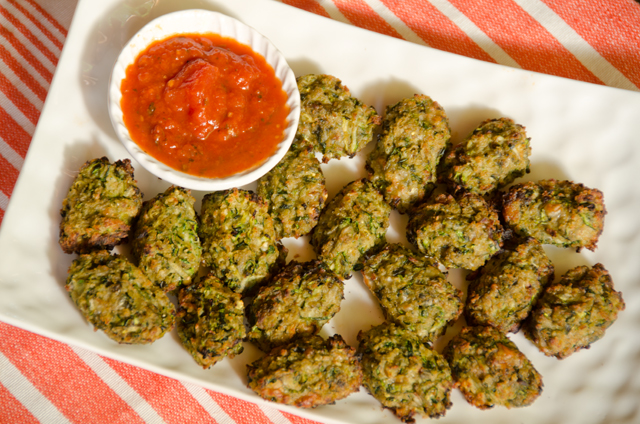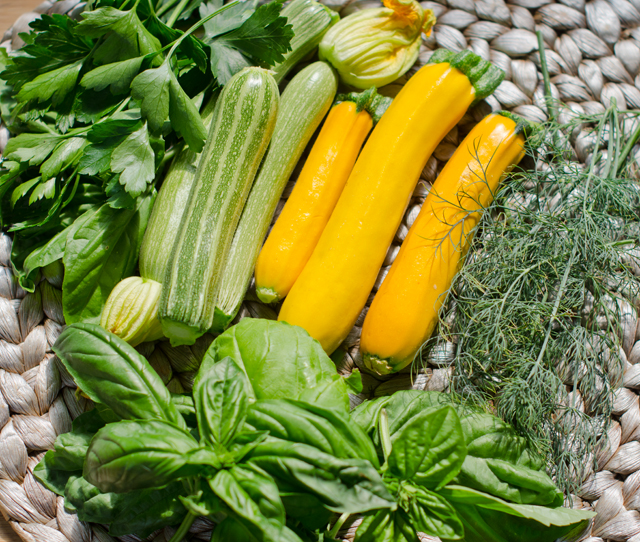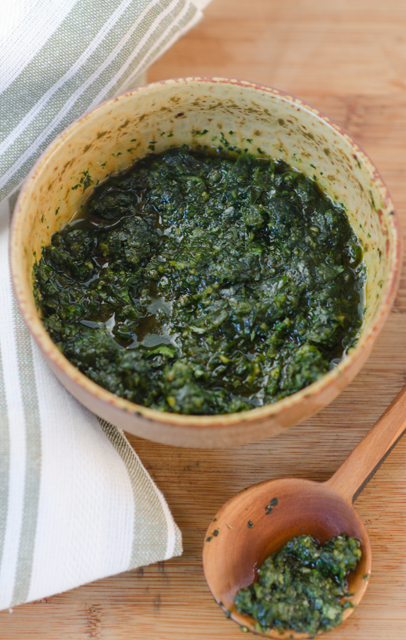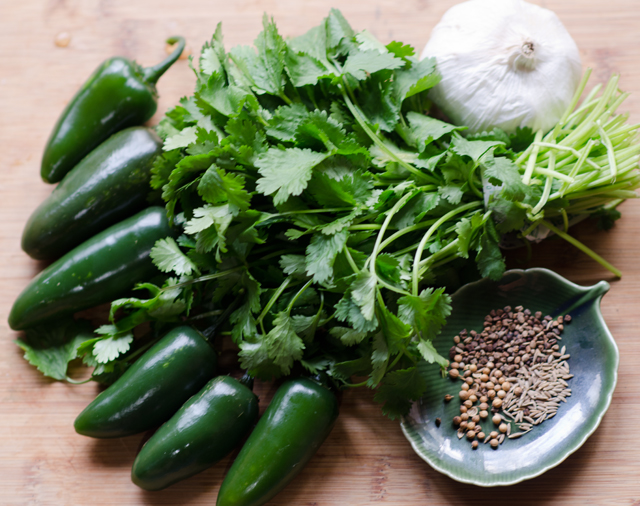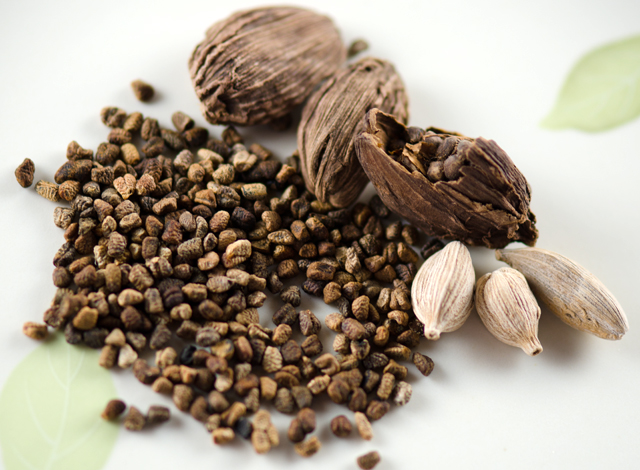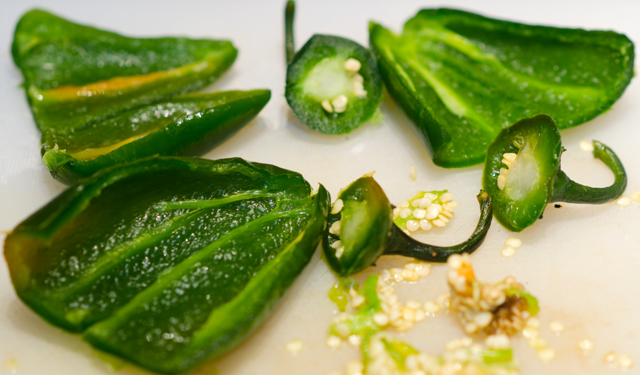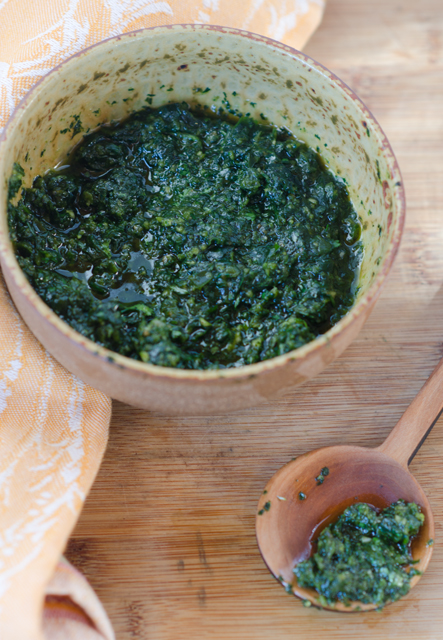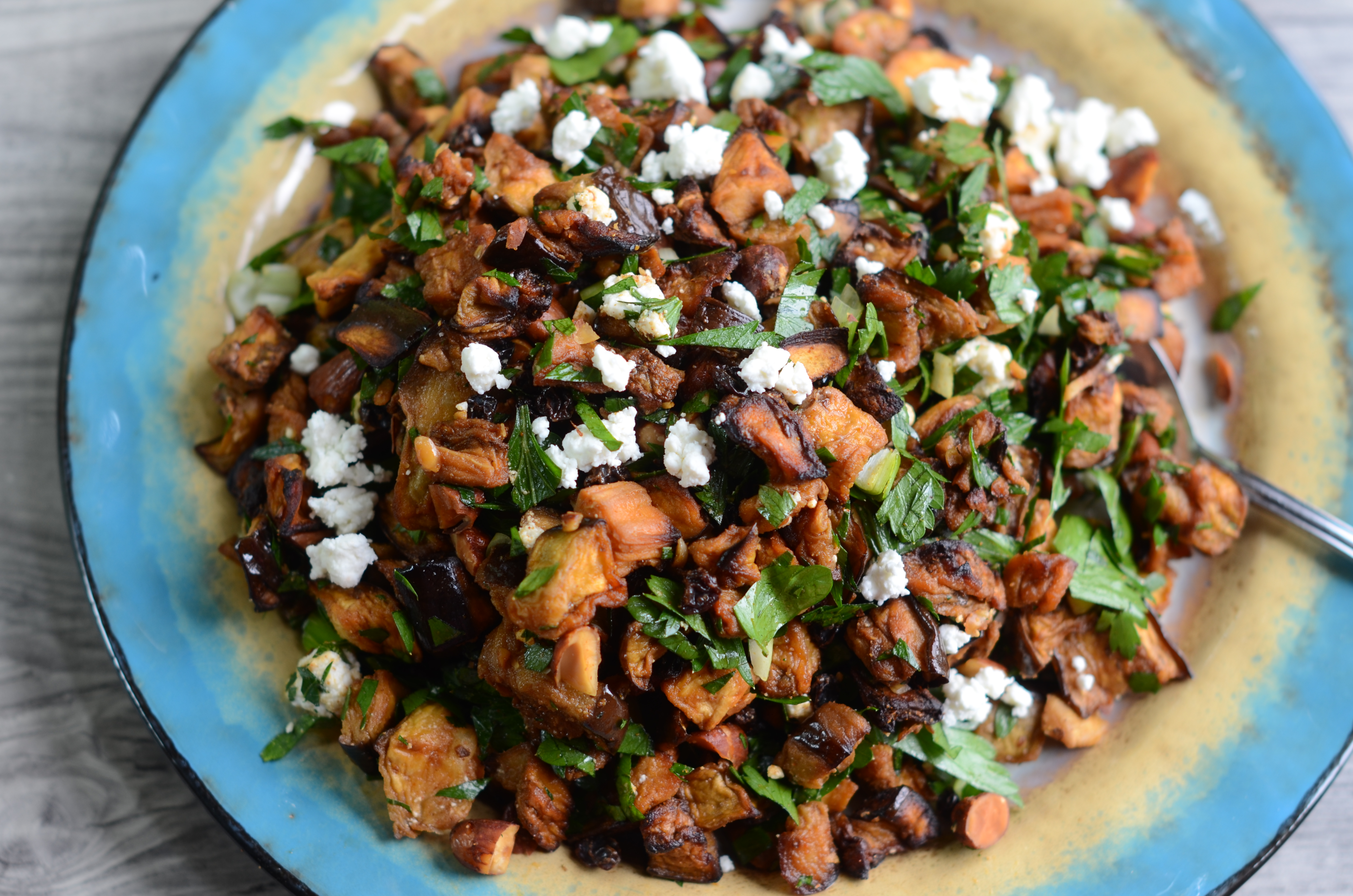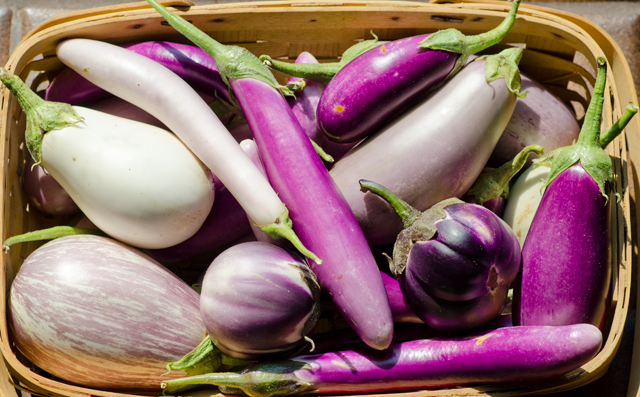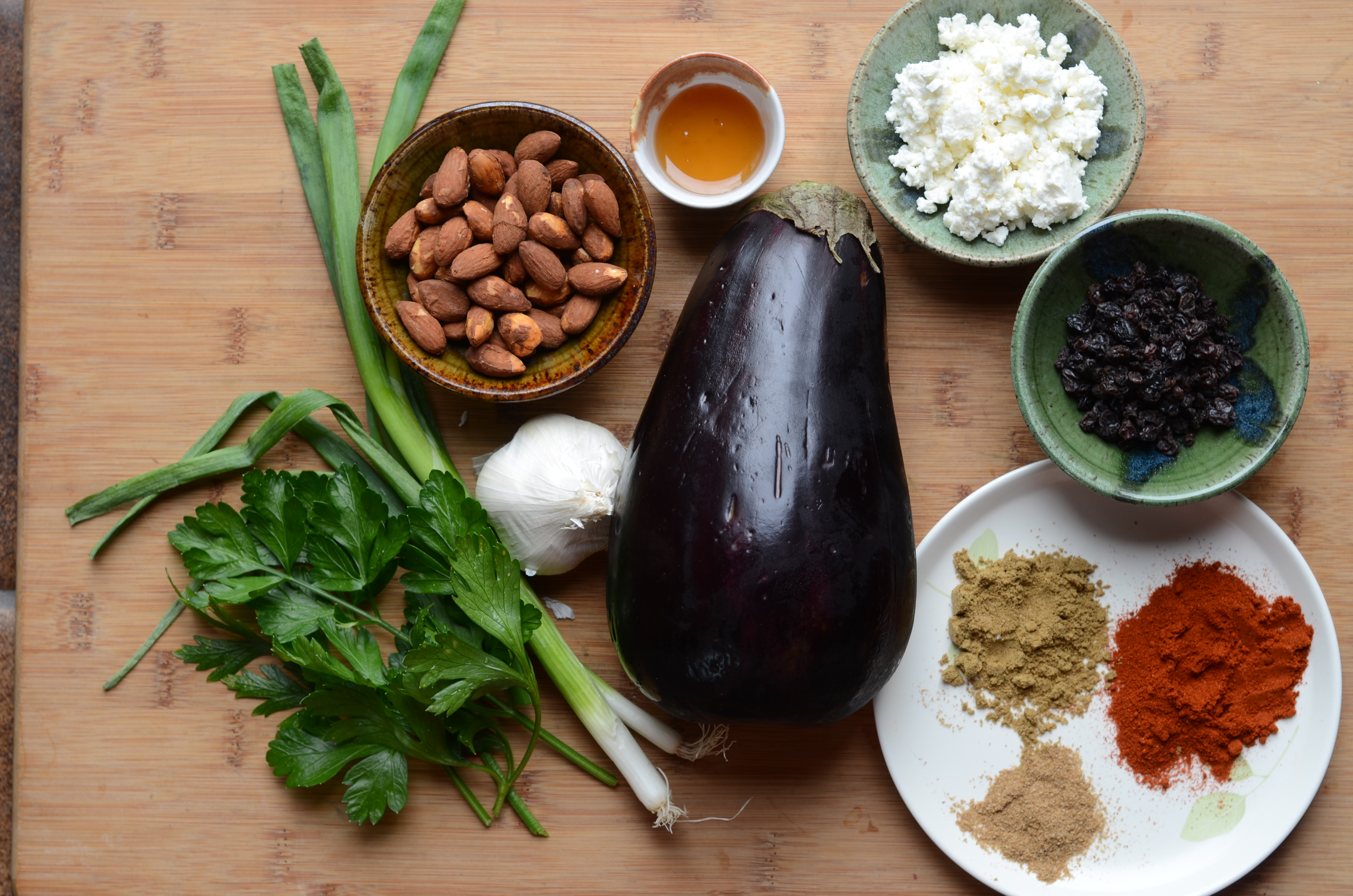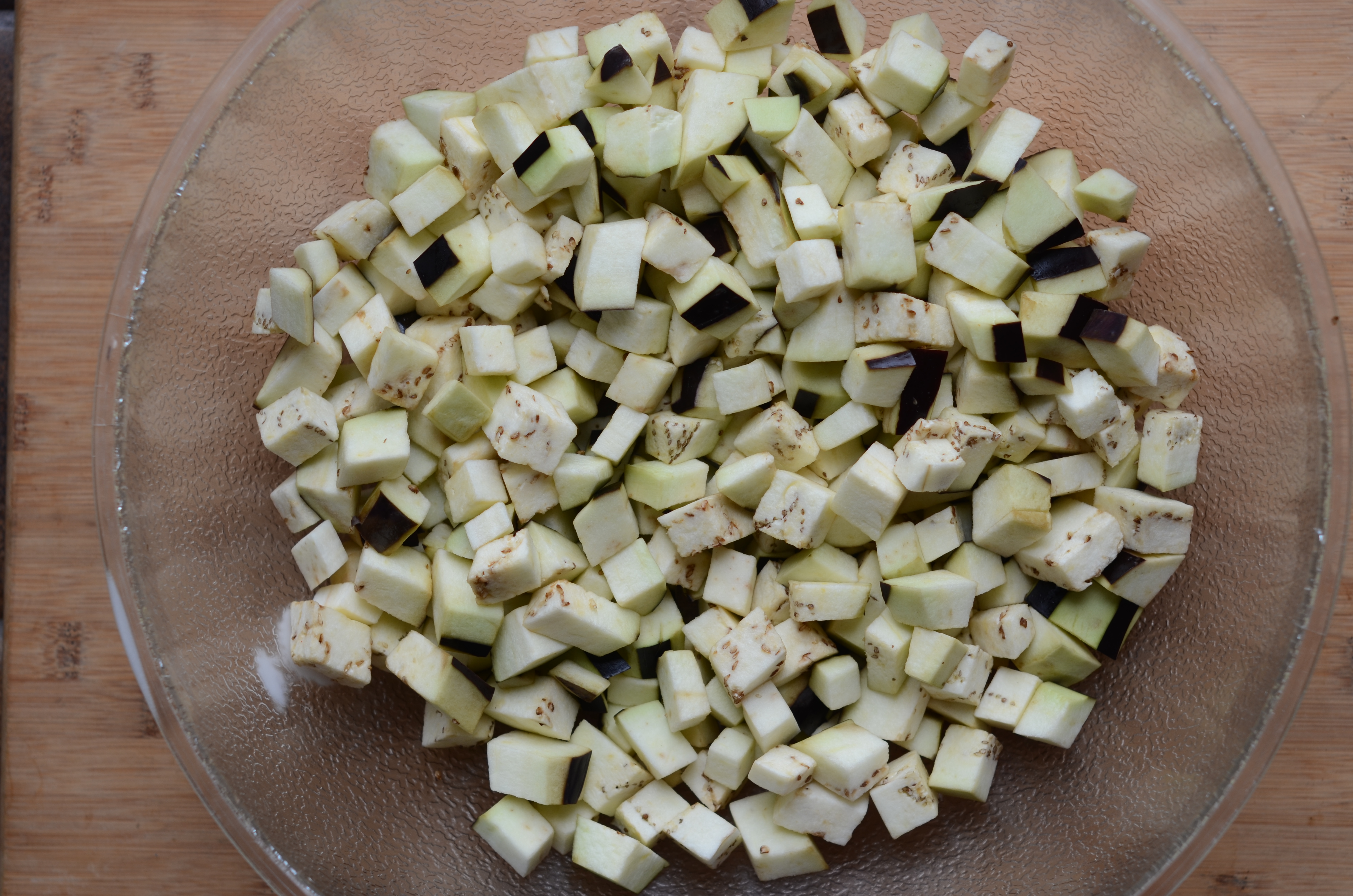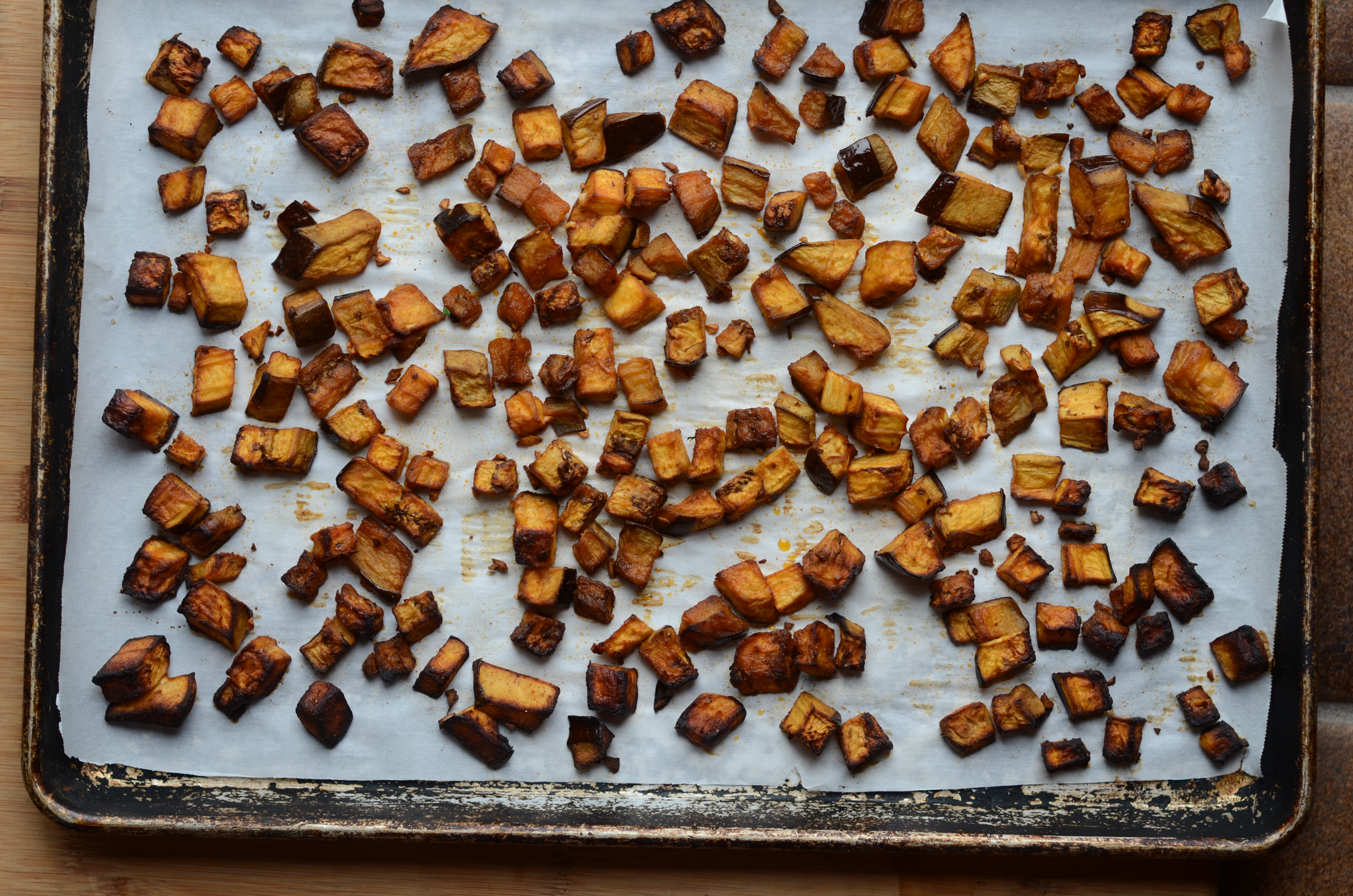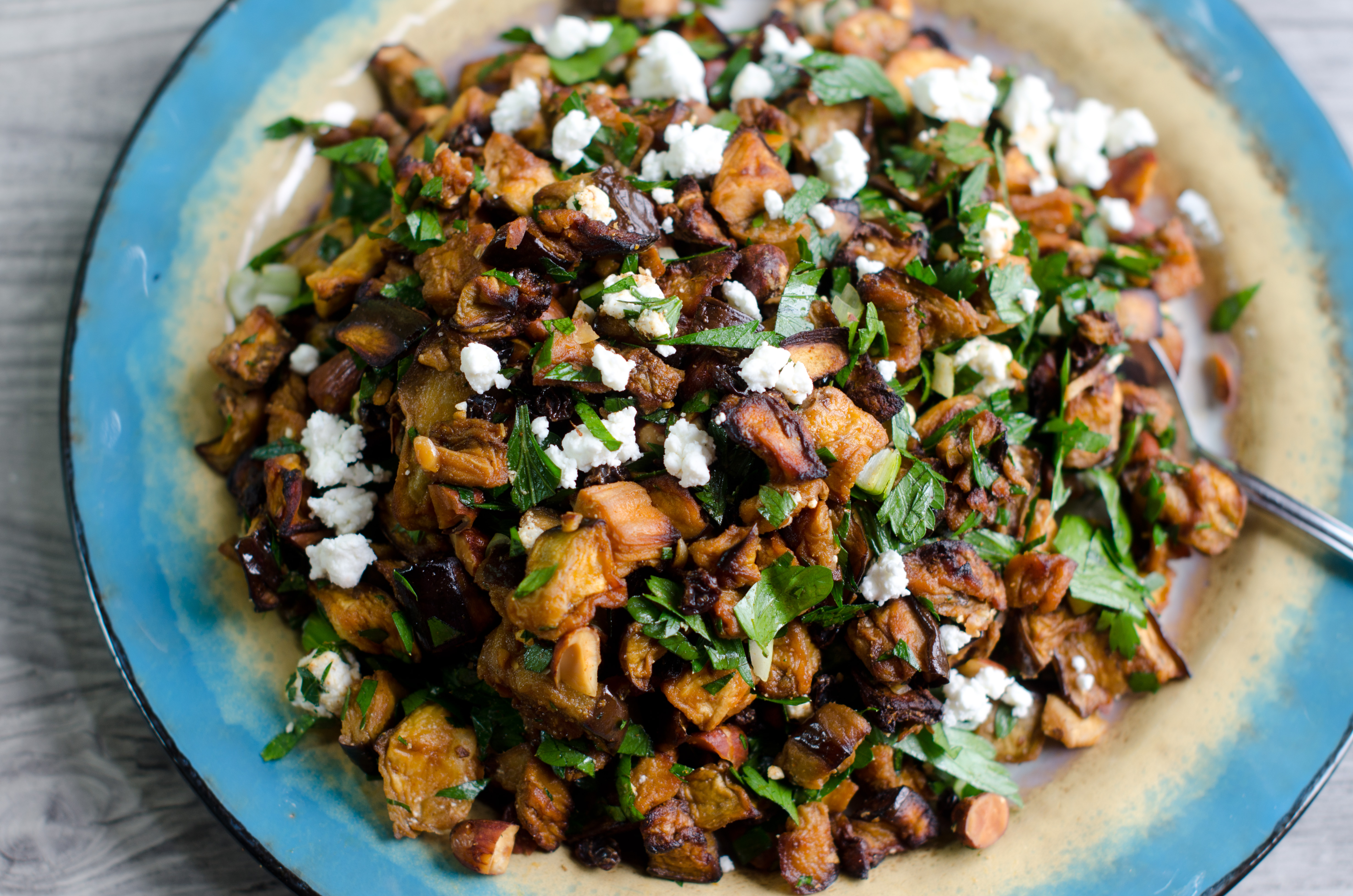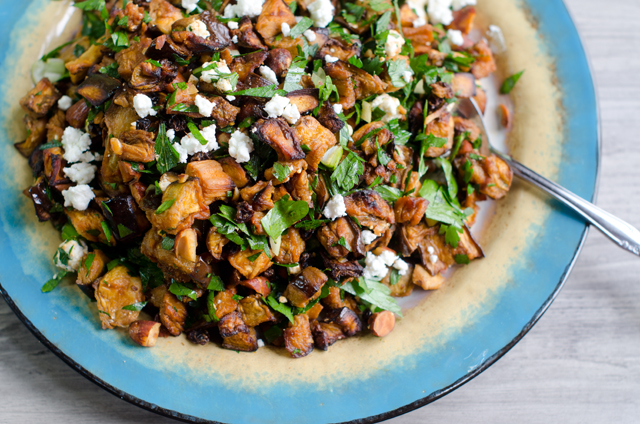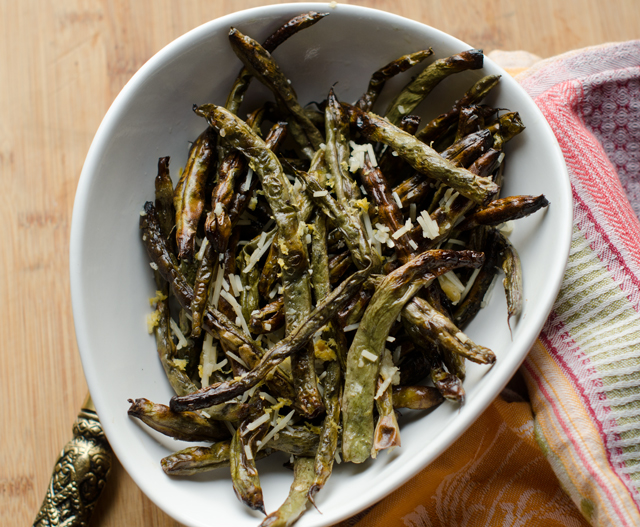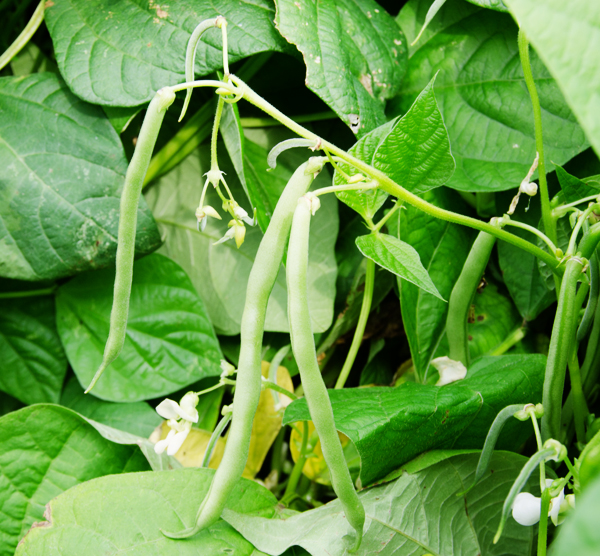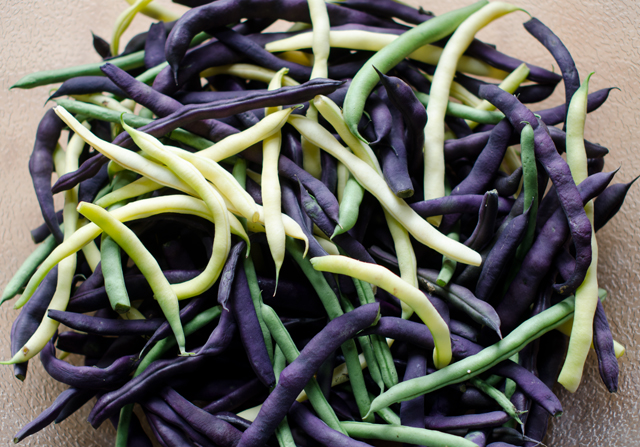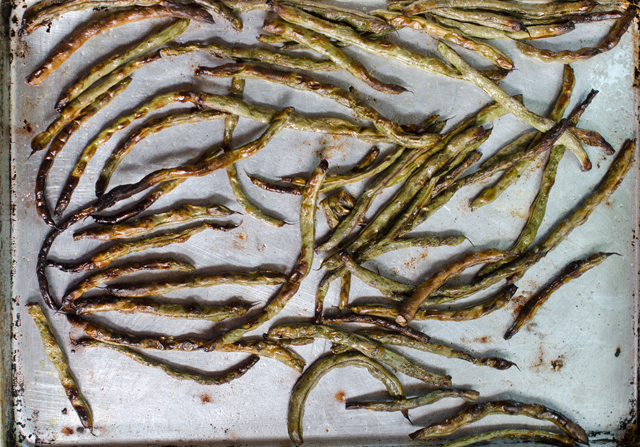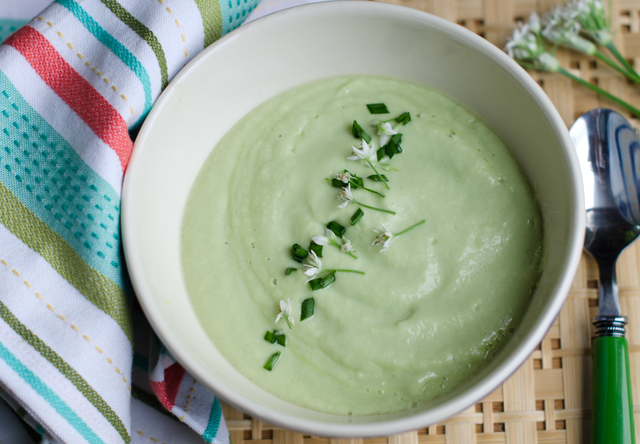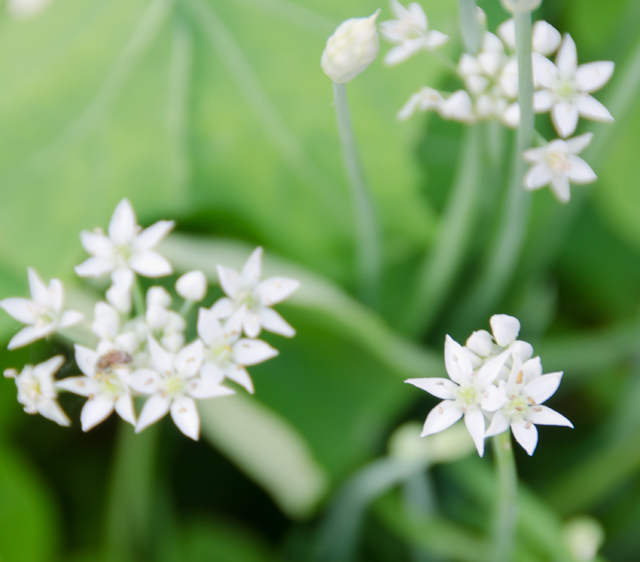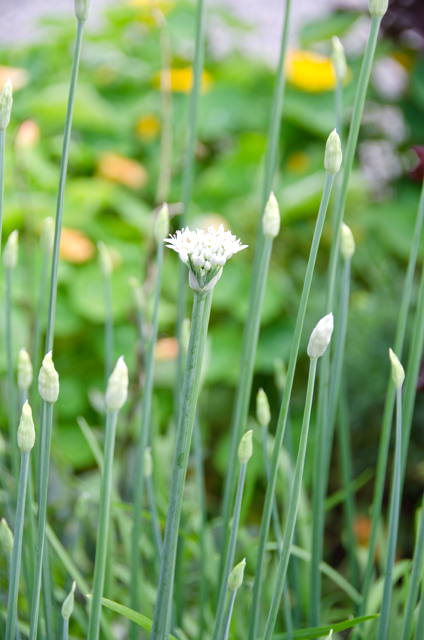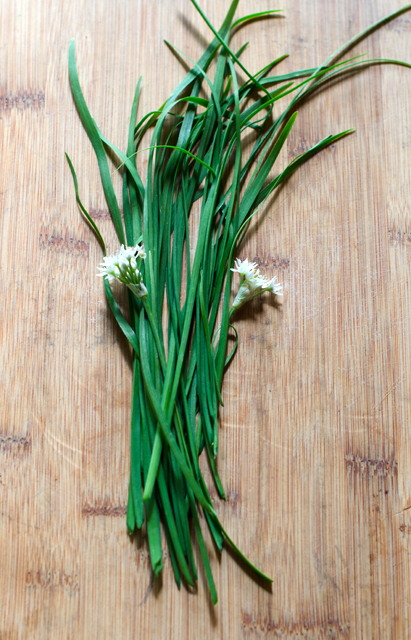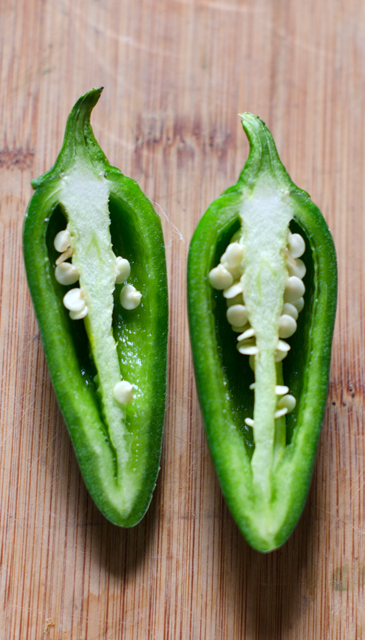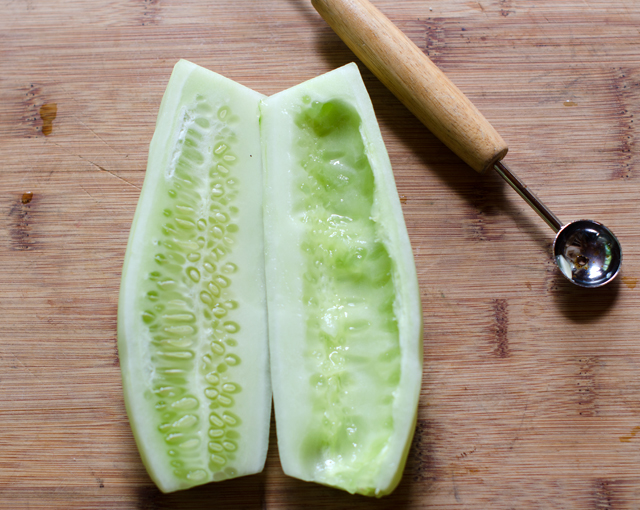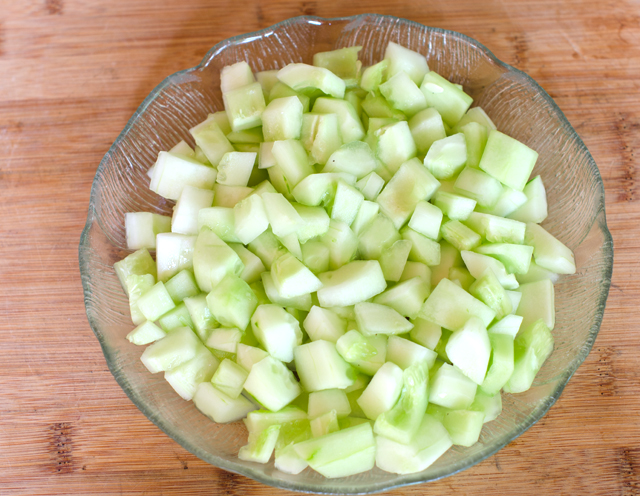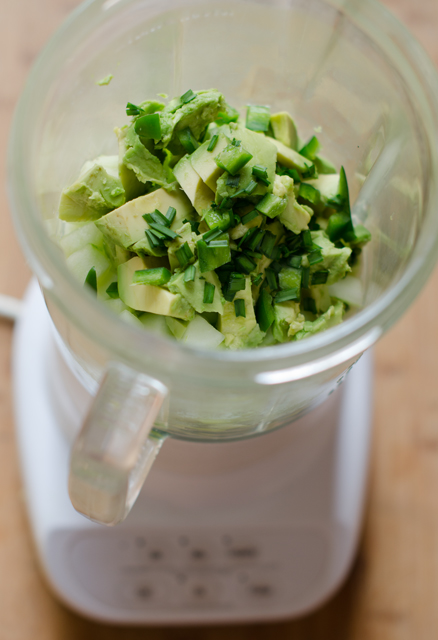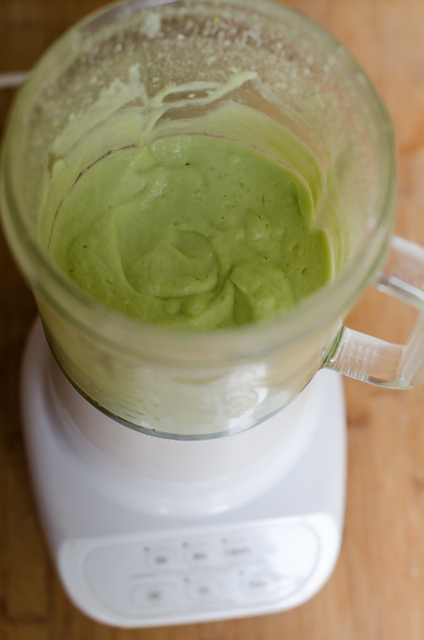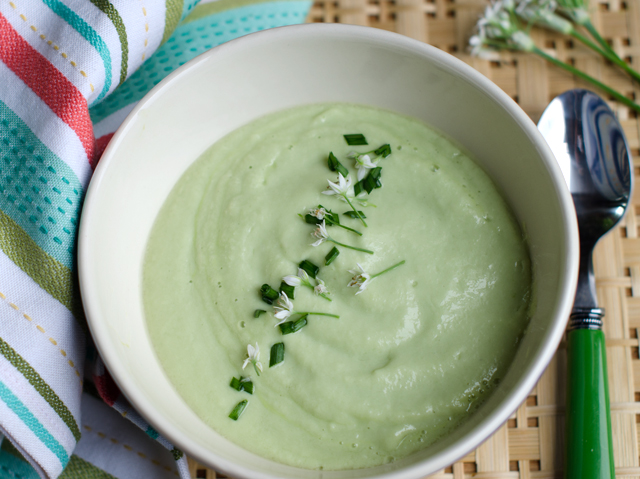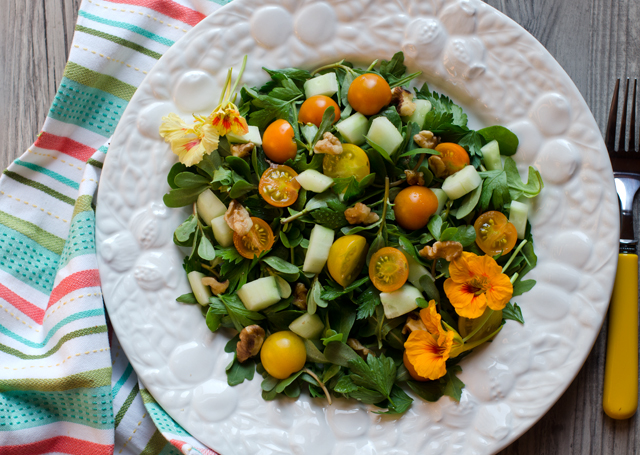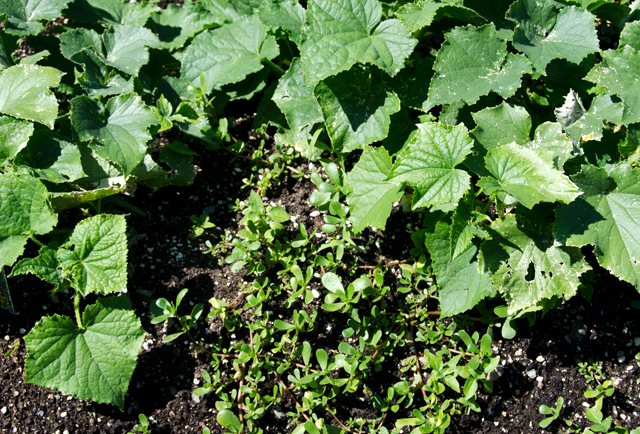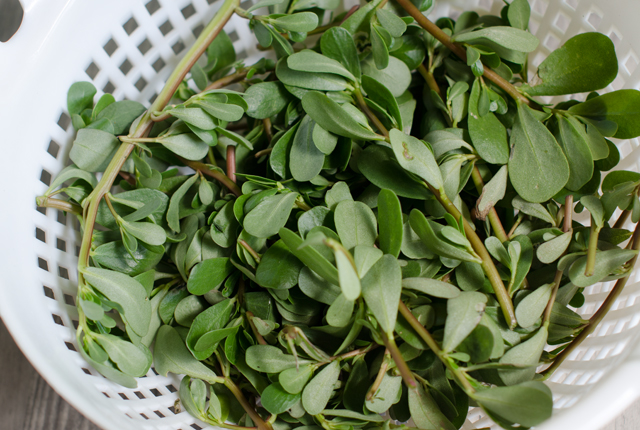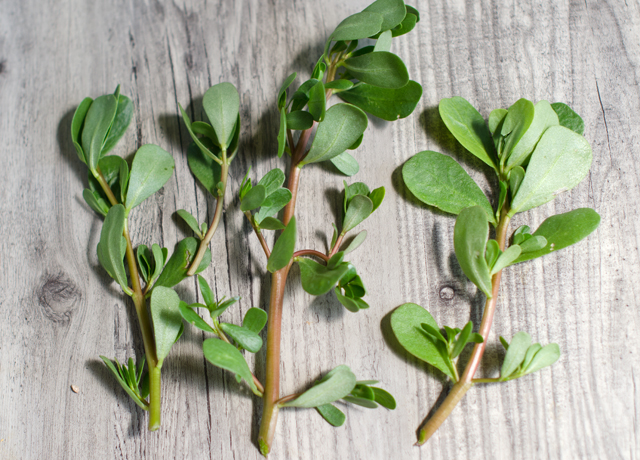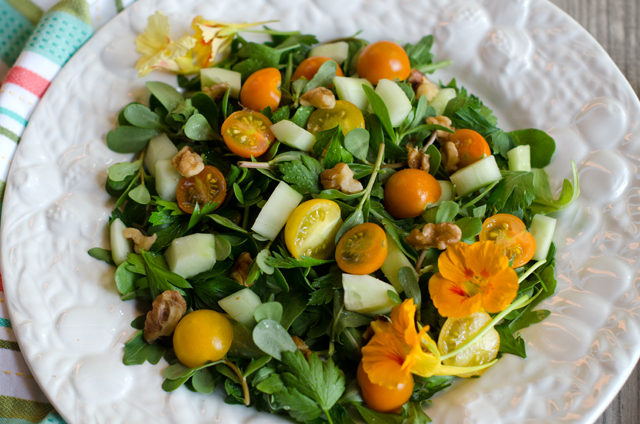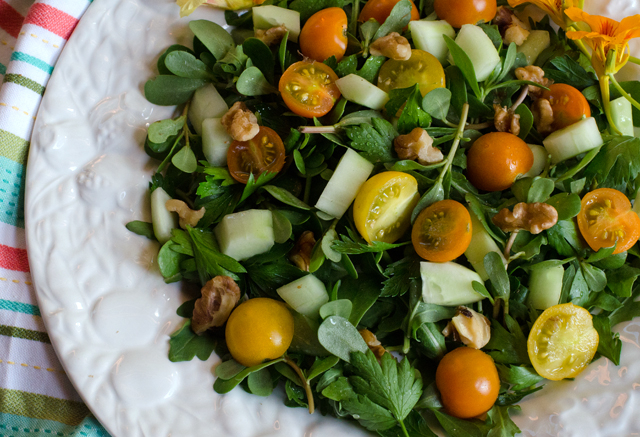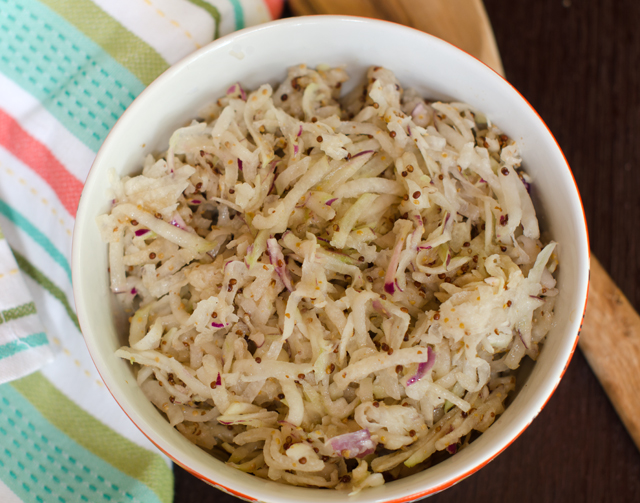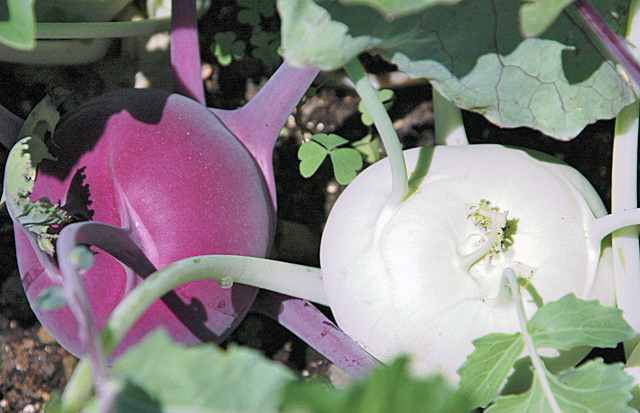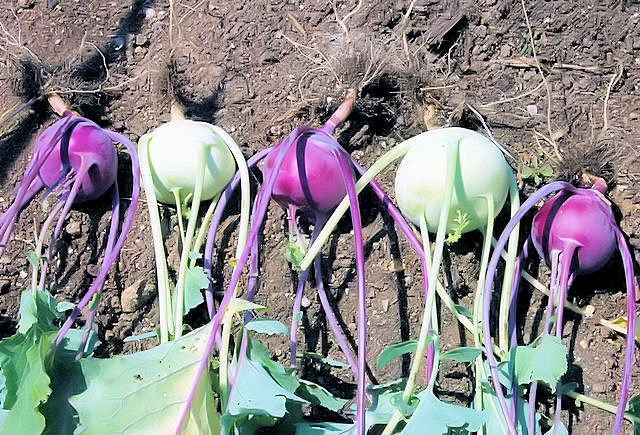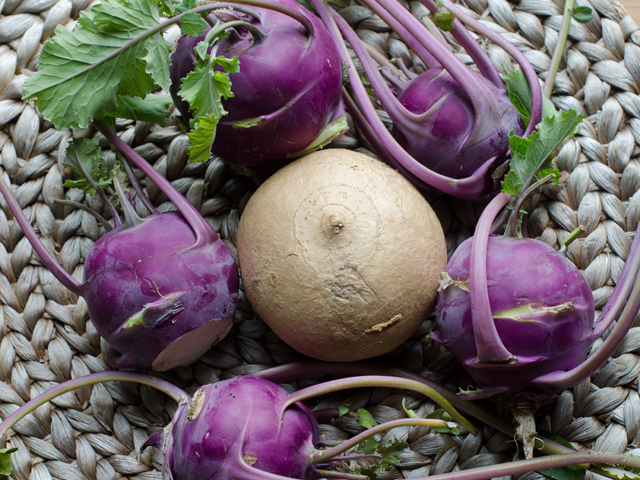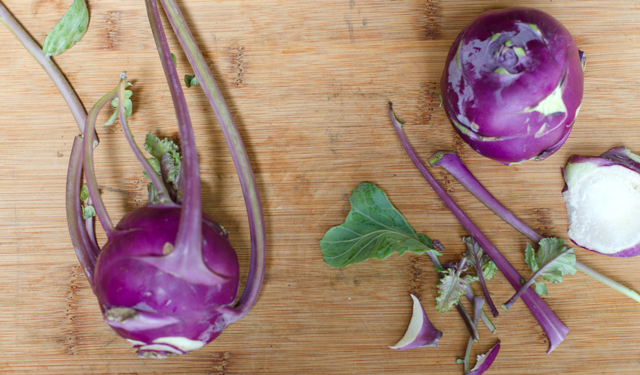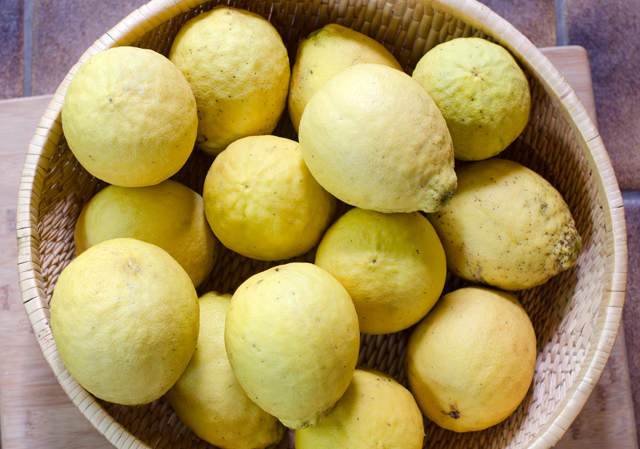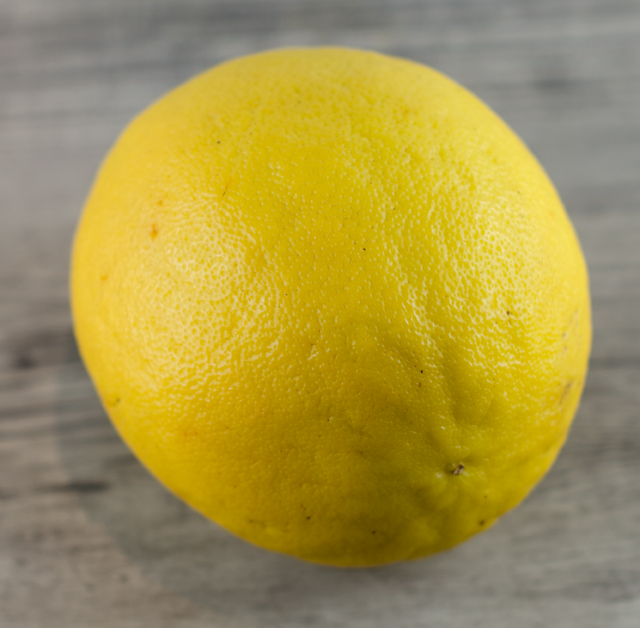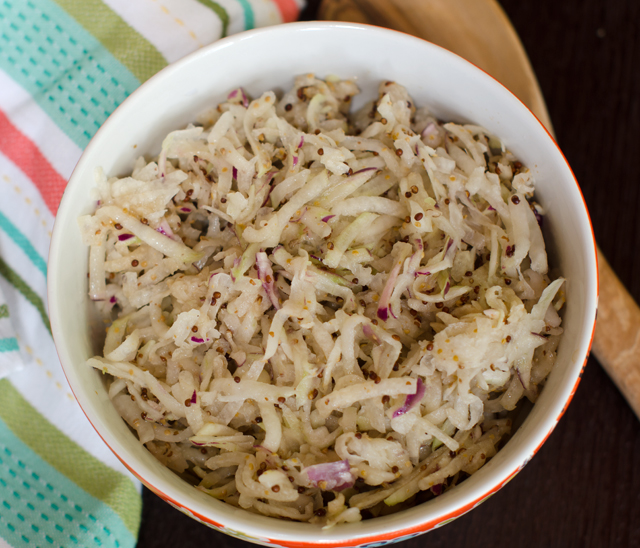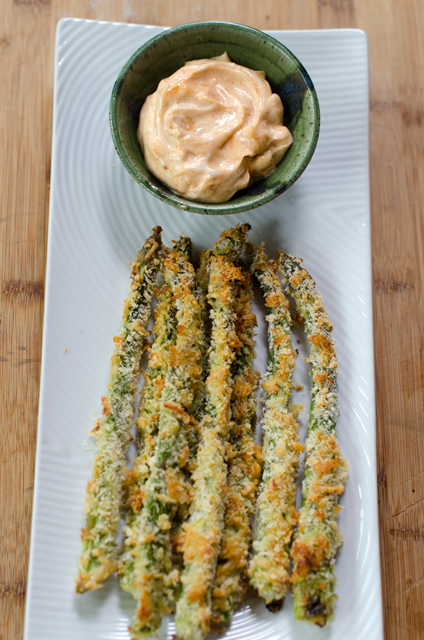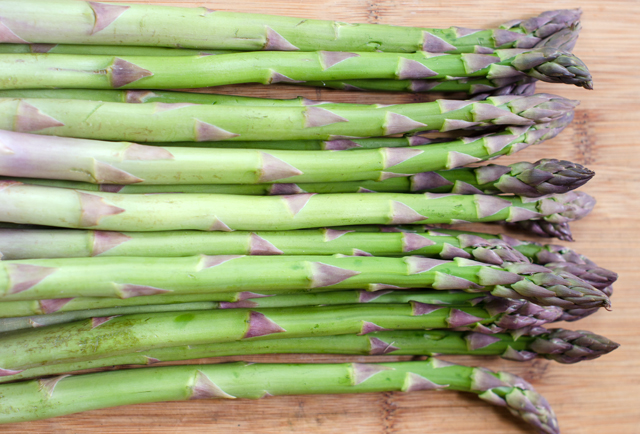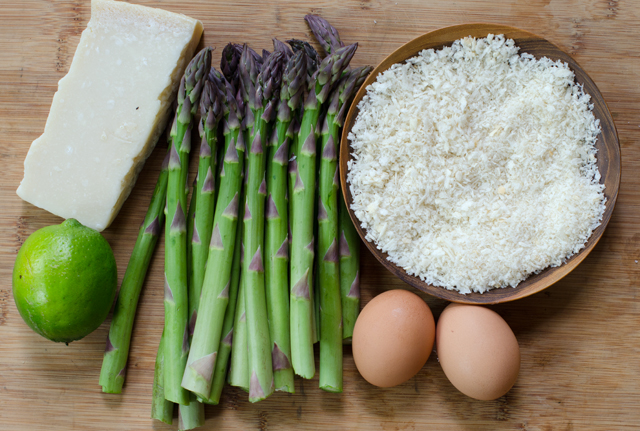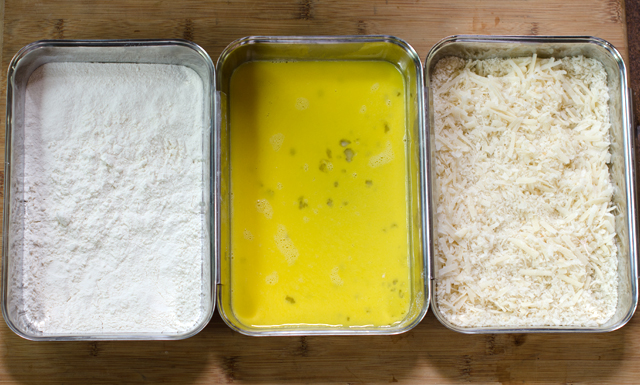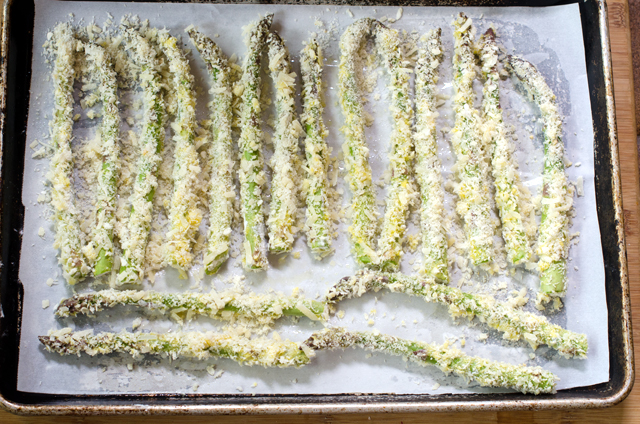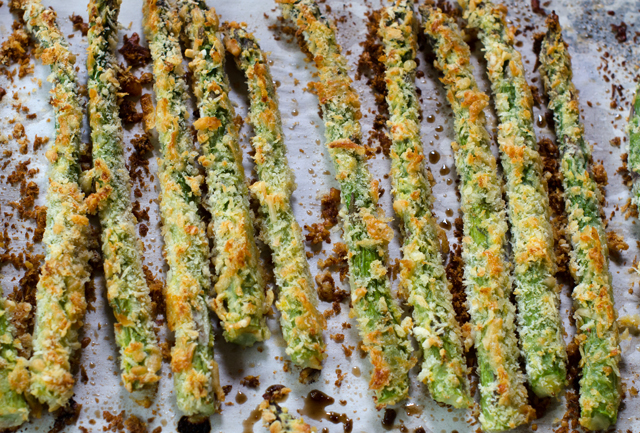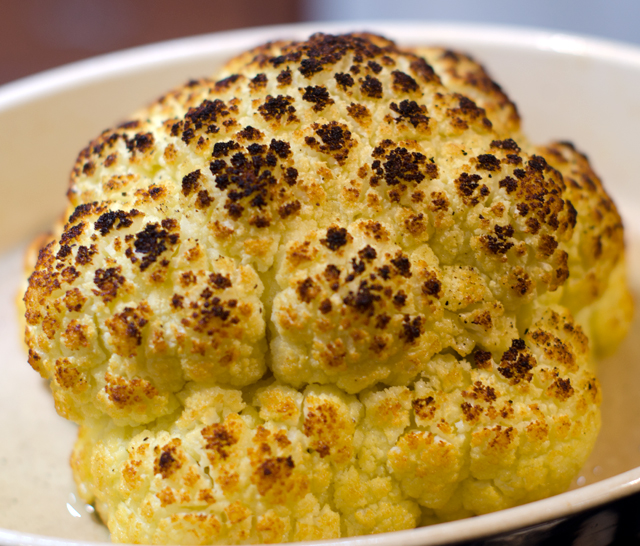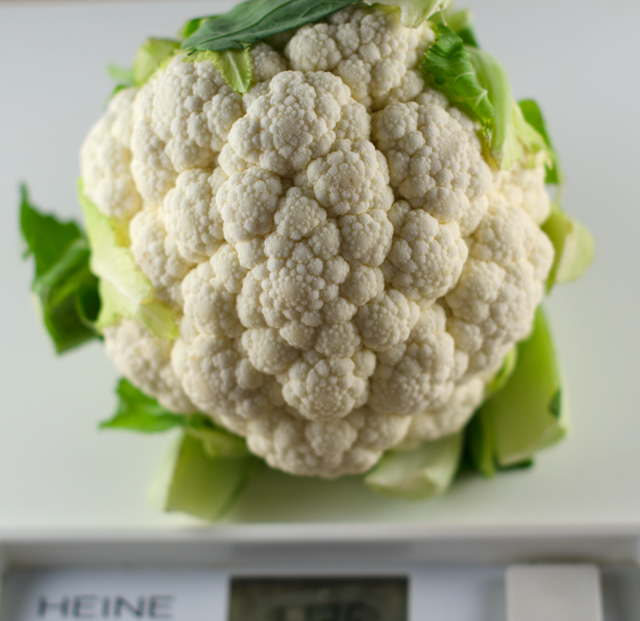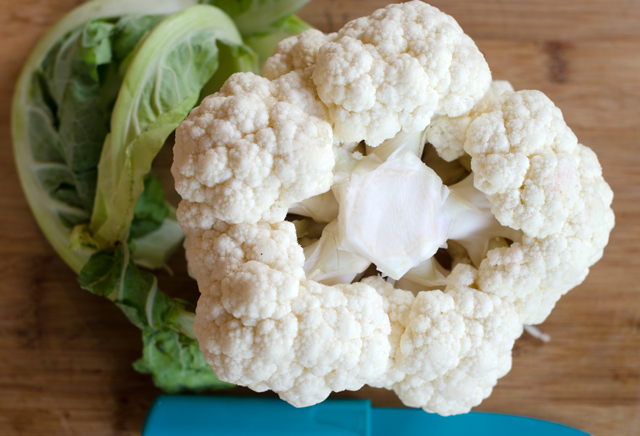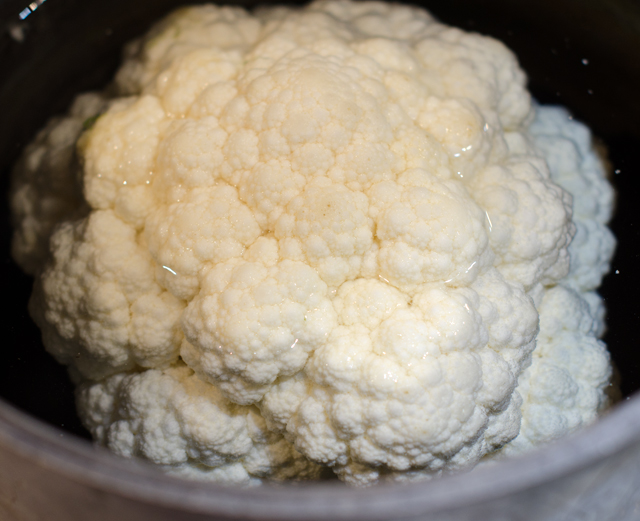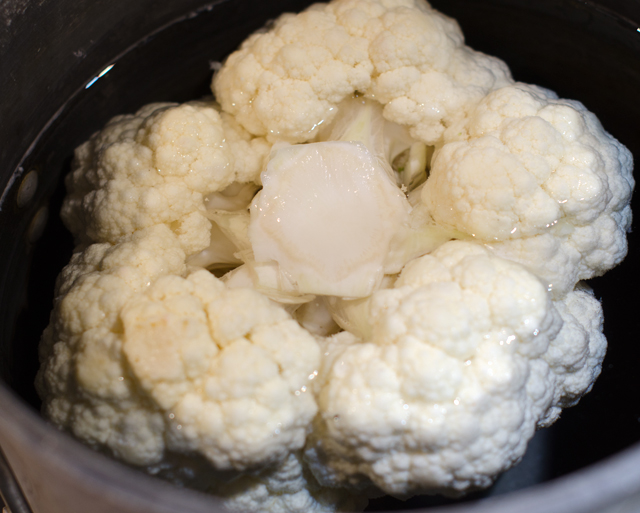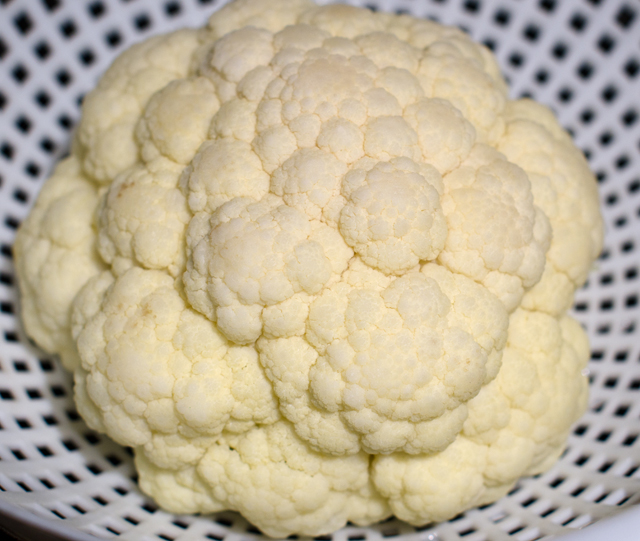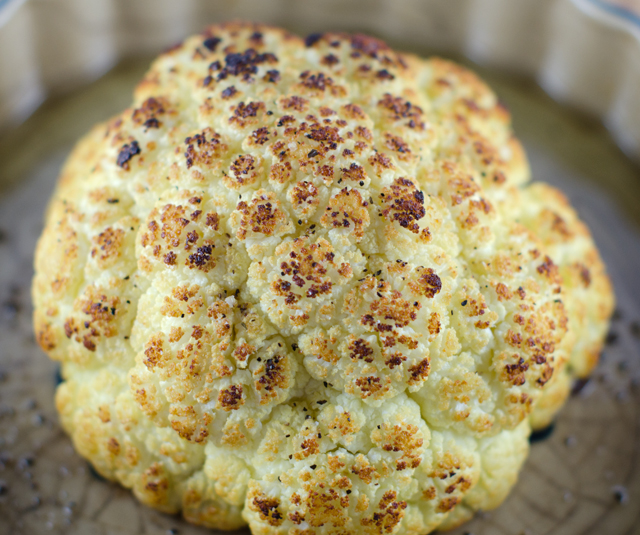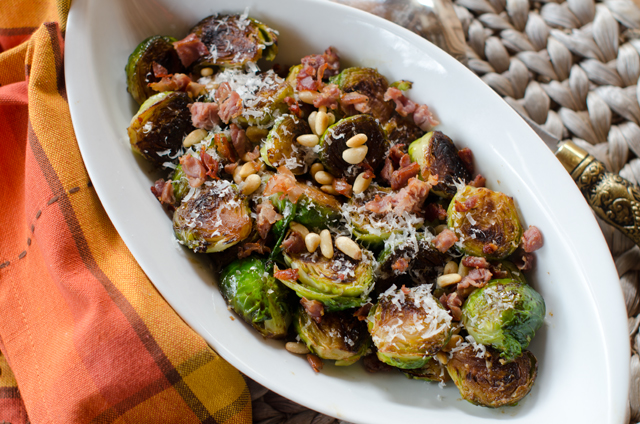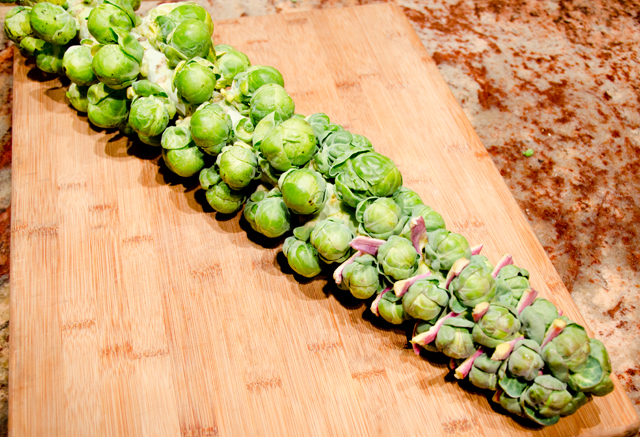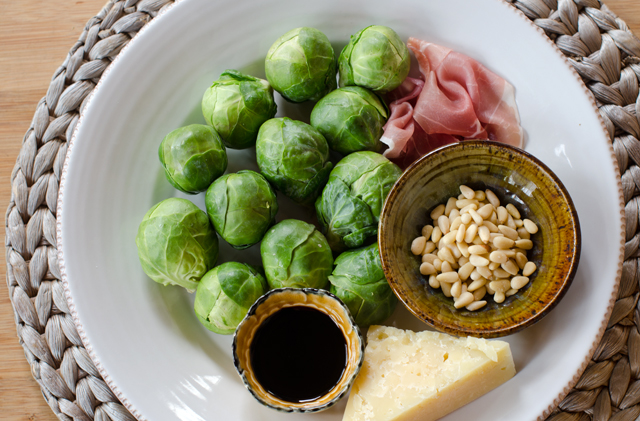Tater tots are a mid twentieth century (1953) invention born out of the frugality of brothers F. Nephi and Golden Grigg. Co founders of Ore-Ida, they were looking for a way to use the potato pieces left over when making their french fries. The pieces were used as feed for the livestock on the family farm or just tossed in the trash. The brothers Grigg knew that there had to be a way to consume the discards.They chopped the potato pieces, added seasonings and salt, put them through an extruder where they got their tot shape then into the deep fryer.
Fast forward to the twentieth first century and Americans consume 70 million tots a year. They are loved by young and old alike, everyone from high end chefs like Daniel Boulud to mommy bloggers. Mommy bloggers have taken tots beyond the potato. To their delight they discovered that their little ones would eat veggies they wouldn’t touch before when they were presented in tot form. Broccoli, cauliflower, sweet potatoes, carrots, beets and zucchini have all been used to make tots.
So it was time for me to take on the tot. I chose two things we have in abundance, zucchini and basil. Basil is in season so why not make some pesto? Whatever vegetable you choose for your tots it is important to squeeze as much water out of the shredded vegetable as possible. A clean linen dishcloth is what I recommend. If time is short and you don’t have time to make the tot shape, divide the mixture evenly into well greased mini muffin pans. Make a double batch and freeze half for later. To eat, place frozen tots on a baking sheet and bake at 400°F 10-15 minutes, until heated through.Crispy on the outside and soft on the inside, zucchini pesto tots make a great snack or side dish.
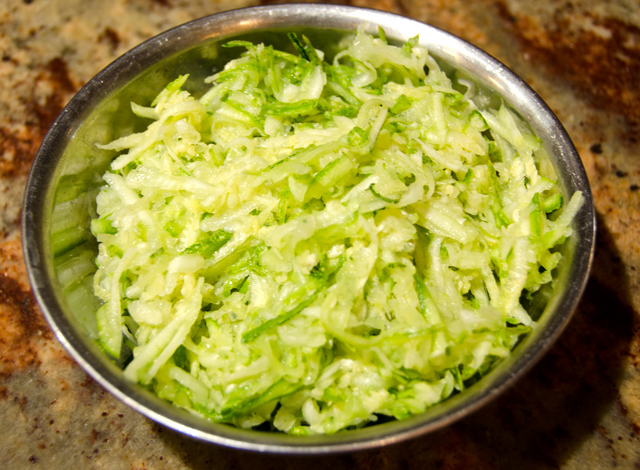
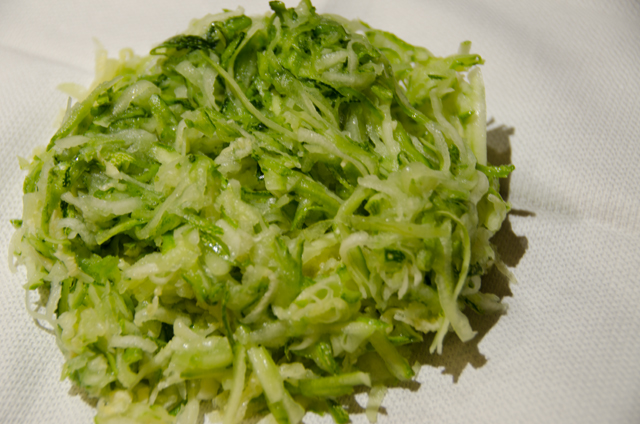
Zucchini Pesto Tots
Ingredients
- 1¼ lb zucchini
- 2-3 T basil pesto
- 1 large egg, lightly beaten
- ½ c panko bread crumbs
- ½ c grated Parmesan cheese
- Kosher salt and freshly ground black pepper
Directions
- Preheat oven to 400° F. Line a large baking sheet with parchment paper.
- Grate the zucchini with the large holes of a box grater.
- Transfer the grated zucchini to a large dish towel and strain out as much liquid as possible.
- Transfer the grated zucchini to a large bowl then add the pesto, egg, Parmesan and kosher salt and freshly ground pepper to taste. Mix together until well blended.
- Spoon a generous tablespoon into your hand and roll it into a cylinder. Place on the prepared baking sheet. Repeat with remaining zucchini mixture.
- Bake 18-20 minutes, rotating the baking sheet half way through, until golden brown. Serve with your favorite dipping sauce.
